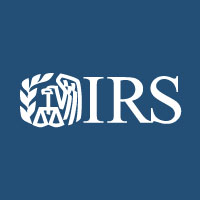Mother gave son remainder interest in her home in 1993 which had a cost basis of 20175. She is now 89 years old and her and son sold the house for $30,000. My question is: is the cost basis (20175) and
the sales price ($30,000) both prorated by the Life estate and remainder interest table. Son 70 % and mother 30 %?
the sales price ($30,000) both prorated by the Life estate and remainder interest table. Son 70 % and mother 30 %?


Comment